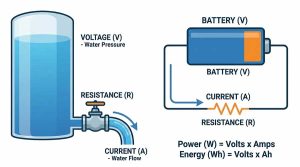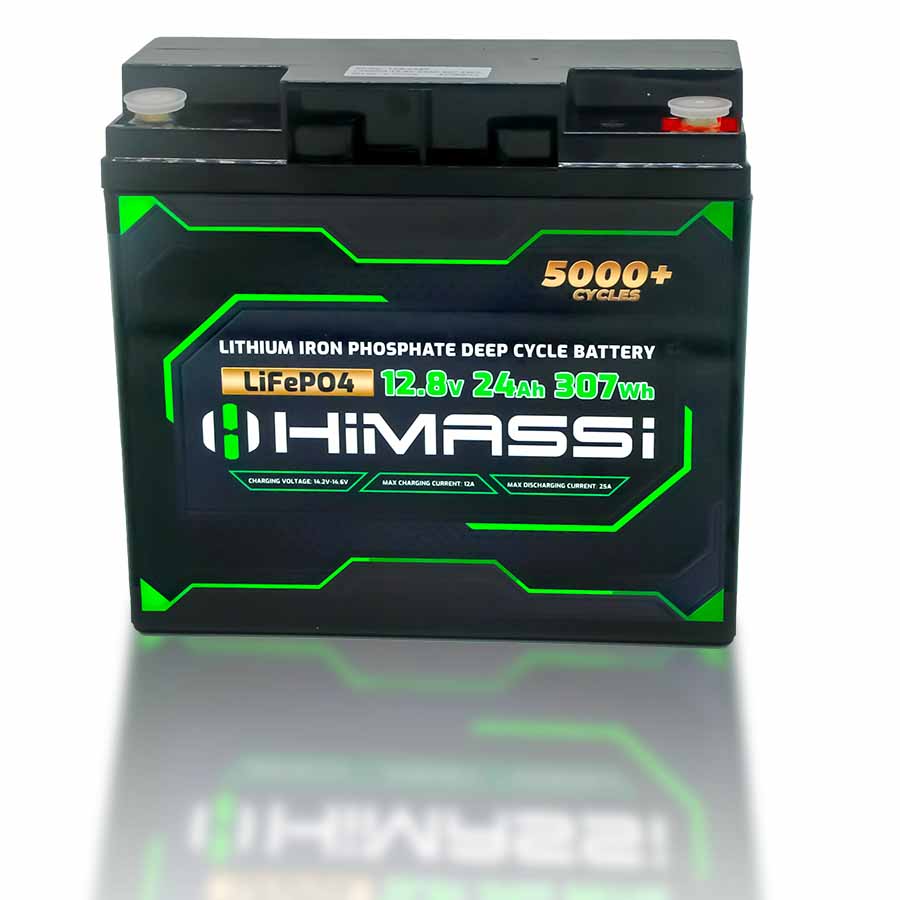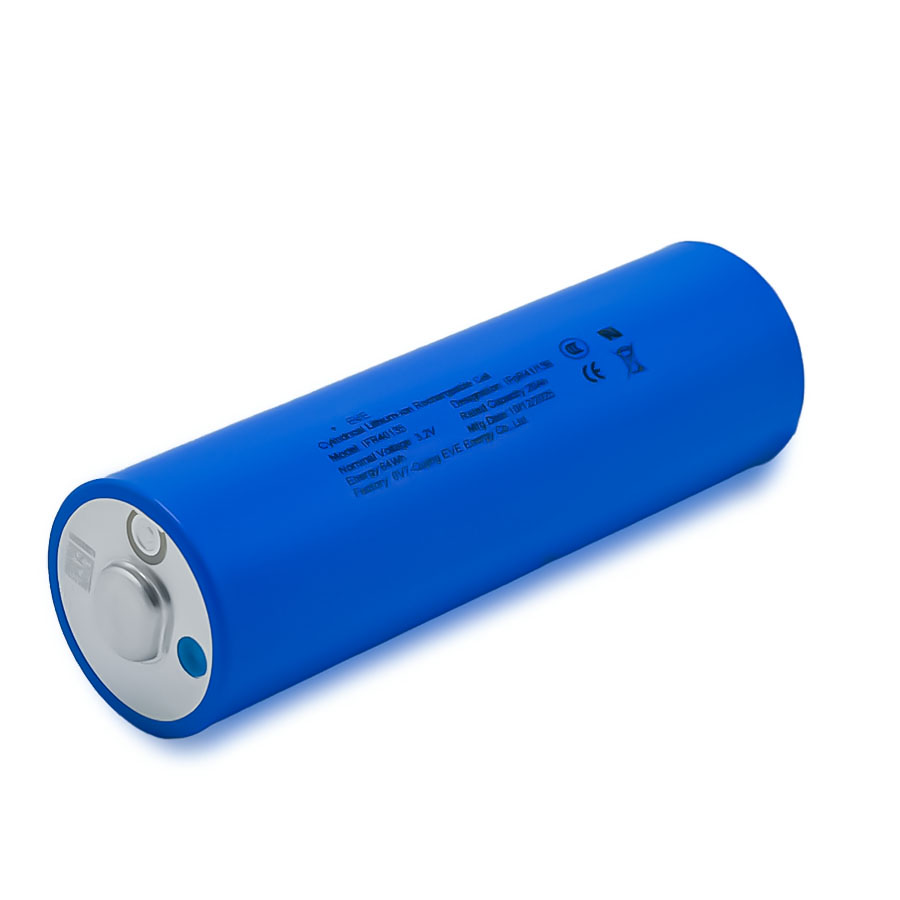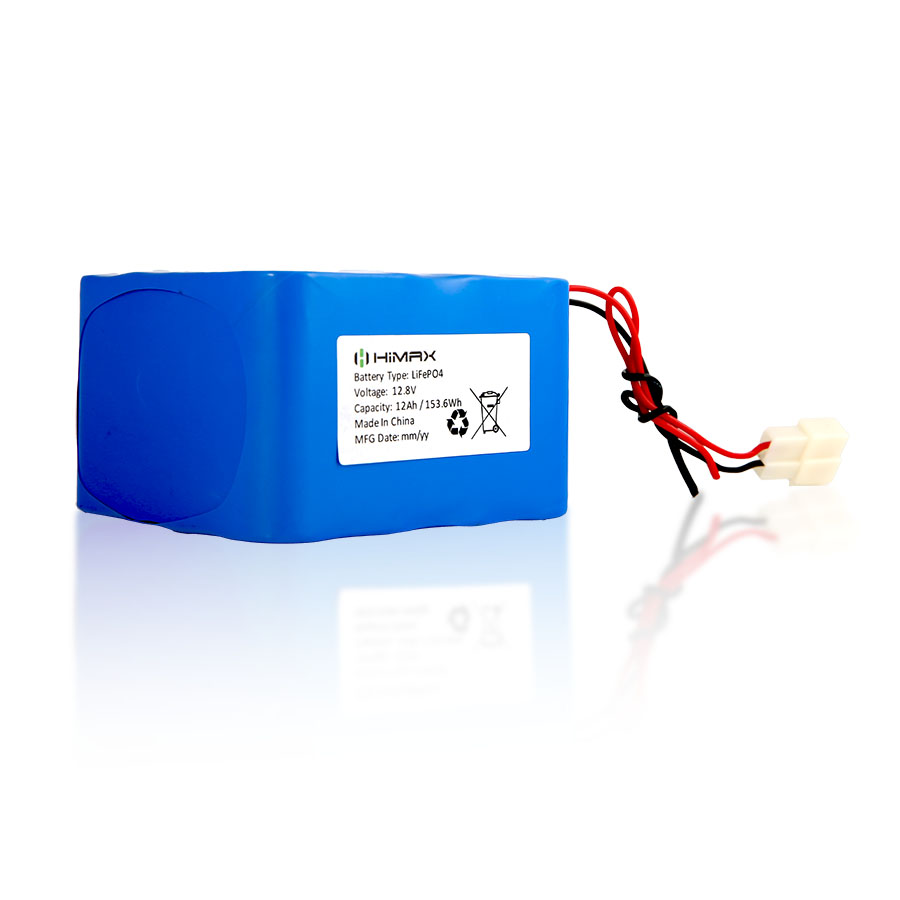Lithium Polymer batteries, commonly known as LiPo batteries, are widely used in drones, RC cars, airsoft guns, and even portable electronic devices. They’re powerful, lightweight, and efficient—but they also require proper charging care. A wrong charger or incorrect charging method can cause serious safety risks, including overheating, swelling, or even fire.
If you want to get the best performance and longest lifespan from your LiPo battery, choosing the right charger is essential. We’ll walk you through how to select a safe charger, what features to look for, and what precautions you should always follow.
Understand How LiPo Batteries Work
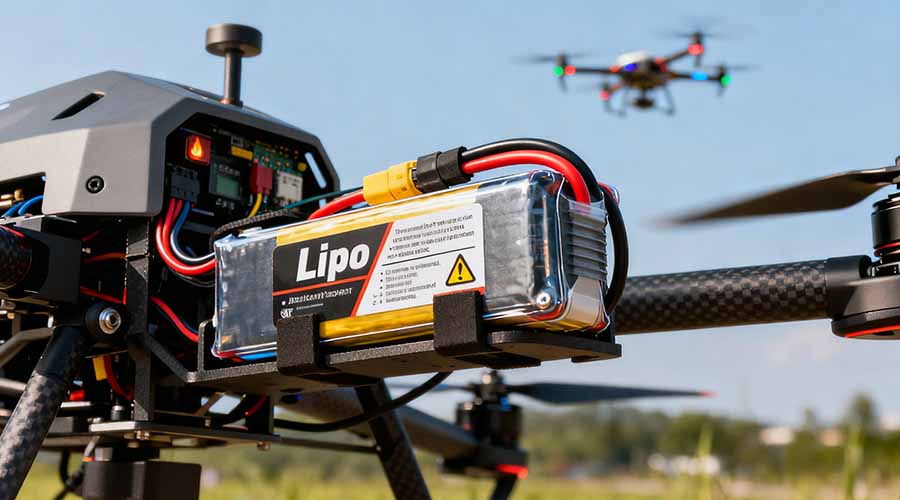
Before you choose a charger, it’s important to understand how a LiPo battery functions. Unlike standard lithium-ion batteries, LiPo cells use a polymer electrolyte instead of a liquid one. This makes them lighter and allows for flexible shapes and compact sizes—perfect for drones and RC models.
However, this design also makes them more sensitive to improper charging. Overcharging or discharging below safe levels can lead to cell imbalance, internal damage, or swelling. A safe charger is one that controls voltage and current precisely for each cell in the pack.
Why You Should Never Use a Generic Charger
Many beginners assume that any charger that fits will work with their LiPo battery, but that’s a big mistake. Generic or universal chargers often lack the specific protection and control features needed for LiPo chemistry.
For example, NiMH or NiCd chargers supply current differently and don’t stop at the correct voltage limit. If you use them on a LiPo pack, you risk overcharging and potentially destroying your battery—or worse, starting a fire.
Always choose a LiPo-specific charger designed to detect and balance individual cells safely.
Key Specifications to Check Before Buying
When you’re ready to buy a LiPo battery charger, focus on these technical specifications:
LiPo packs come in configurations such as 2S (7.4V), 3S (11.1V), 4S (14.8V), and so on. Your charger must support the exact cell count of your pack. Most modern chargers automatically detect the cell number, but double-check before charging.
The charge rate determines how quickly your LiPo battery fills up. It’s usually expressed as a multiple of the battery’s capacity (C-rate). For instance, charging at 1C means charging at a current equal to the battery’s capacity.
Example: For a 2200mAh battery, 1C = 2.2A. Charging faster than recommended (like 2C or 3C) can shorten lifespan or cause heat buildup.
3. Input Voltage and Power Output
If your charger runs on AC (wall power) or DC (external power supply), ensure it delivers enough wattage. Higher-capacity batteries need chargers with higher power outputs. A 100W charger is fine for small packs, while 300W or more suits larger setups.
Balancing ensures that all cells in a pack reach the same voltage level. A balance charger uses a dedicated port to monitor each cell and charge them evenly. This prevents one cell from overcharging while others lag behind, keeping your LiPo battery healthy.
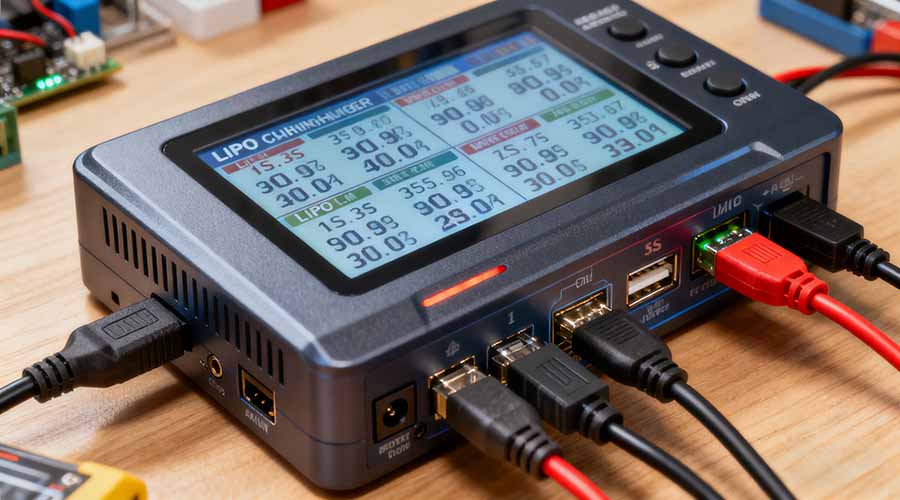
Safety Features Every LiPo Charger Should Have
When it comes to LiPo battery safety, certain charger features are non-negotiable:
This stops charging automatically when the voltage limit (4.2V per cell) is reached. It’s the most critical feature to prevent dangerous overvoltage.
Some advanced chargers include temperature sensors that cut off charging if the pack gets too hot. Heat is a clear warning sign that something’s wrong.
Short-Circuit and Reverse Polarity Protection
These built-in safeguards prevent accidents caused by incorrect wiring or shorted connections.
Without balance charging, individual cells might drift apart in voltage. Automatic balancing ensures even performance and longer life.
Smart Chargers vs. Manual Chargers
If you’re new to LiPo batteries, smart chargers are your best choice. They automatically detect battery type, cell count, and voltage levels, then adjust settings accordingly.
Manual chargers, while cheaper, require users to input details manually. A mistake in voltage or cell count settings can cause permanent battery damage. Unless you’re an experienced hobbyist, stick to smart chargers for reliability and safety.
Charging Best Practices for LiPo Batteries
Even the safest charger can’t protect your battery if you don’t follow proper charging habits. Here are the most important tips:
Always Charge in a Fireproof Location
Charge your LiPo battery on a non-flammable surface, such as a ceramic tile or a dedicated LiPo-safe charging bag. Never charge near flammable objects or inside your car.

Never Leave Charging Unattended
LiPo batteries charge quickly, but don’t walk away during the process. Accidents can happen suddenly. Always stay close and monitor progress.
Store and Charge at the Right Temperature
Keep your batteries between 50°F and 80°F (10°C to 27°C) during charging. Avoid direct sunlight or cold environments.
If you won’t use your LiPo battery for more than a week, use the charger’s “storage mode.” It adjusts each cell to around 3.8V, the ideal level for long-term storage.
A bad charger can ruin even a new battery. Watch out for these signs:
- The charger overheats or emits a burning smell.
- It shows inconsistent voltage readings between sessions.
- The charging process never completes or takes unusually long.
- You notice your LiPo battery swelling after a few cycles.
If you encounter these issues, stop using the charger immediately and replace it with a certified LiPo balance charger from a trusted brand.
Some of the most reliable LiPo battery charger brands include:
- HIMAX
- Hitec
- SkyRC
- ToolkitRC
- Hobbymate
These brands offer smart features like Bluetooth monitoring, balance charging, and firmware updates, which help maintain consistent performance.
Even experienced users make errors. Avoid these to extend your LiPo battery life:
- Using damaged cables or connectors.
- Charging at rates higher than 1C without verifying manufacturer approval.
- Ignoring balance charging.
- Leaving the pack fully charged for days.
- Charging immediately after heavy use when the battery is still hot.
Proper care ensures long-term reliability and maximum performance.
The Importance of Using the Right Accessories
Don’t forget about connectors, balancing boards, and power supplies. Using mismatched connectors can lead to poor contact, heat buildup, and inefficiency.
Investing in quality accessories is part of building a safe and efficient LiPo battery charging setup. Many modern chargers also come with Bluetooth apps that allow you to monitor data from your smartphone—a great tool for performance tracking.
HiMAX: Reliable Power for Every Project

If you’re searching for a trusted source of high-quality LiPo batteries, HiMAX stands out as one of the world’s leading independent designers and manufacturers. Our batteries deliver consistent performance, extended lifespan, and top-tier safety protection.
Whether you’re building a drone, a smart device, or an RC model, HiMAX provides dependable options from 200mAh~500mAh LiPo battery packs—all engineered for stable power output and maximum safety.
Find articles related to lipo batteries





